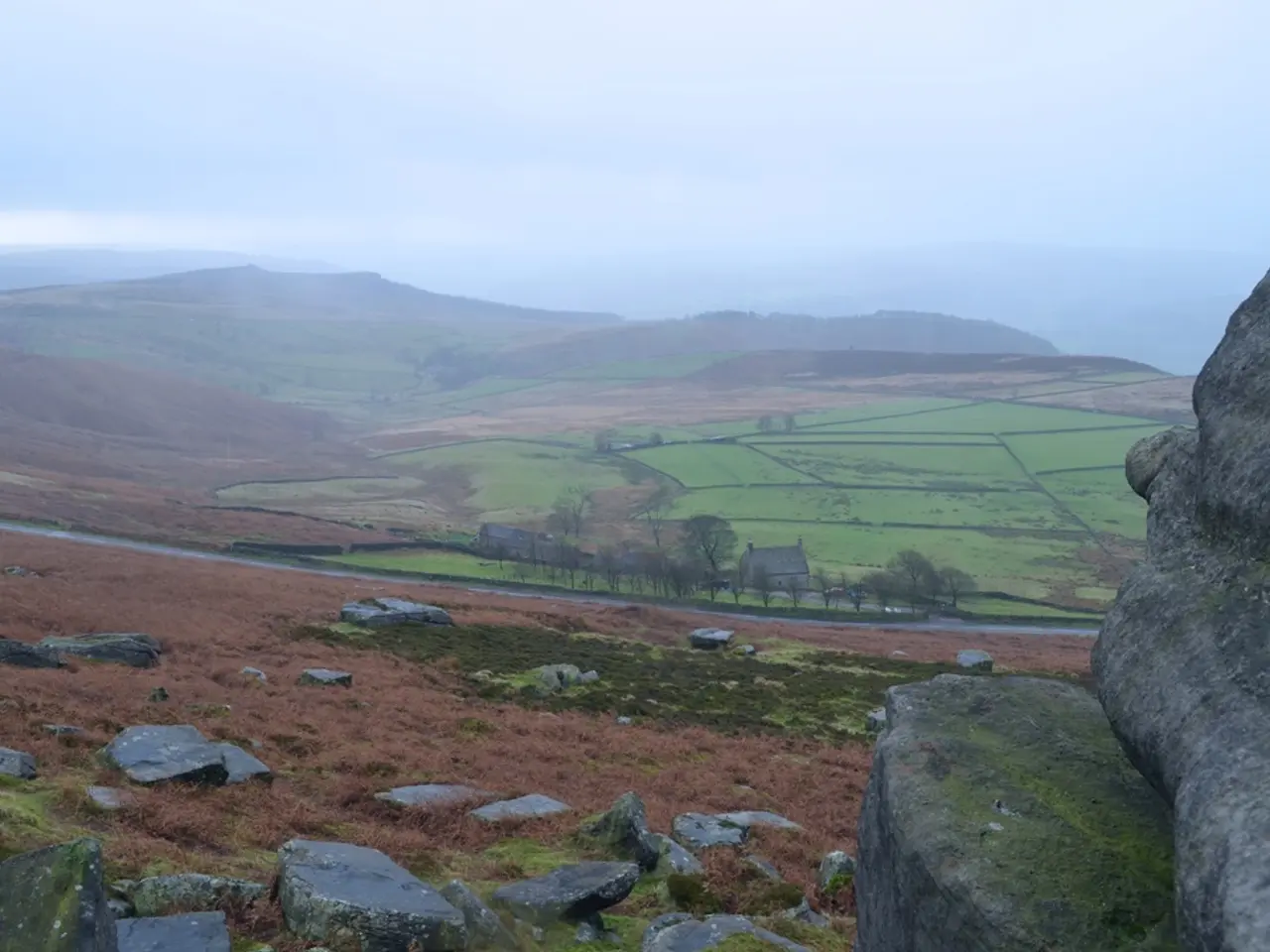African Discovery: Presumed Garden of Eden Identified
News Article: Early Humans Adapted to Ice Age Challenges Along Southern African Coast
New archaeological discoveries are shedding light on the resilience and adaptability of early humans during critical periods of human evolution in Africa. The findings, which challenge traditional assumptions about human habitation during the Ice Age, highlight the significance of coastal and high-altitude environments.
A strip of land along Africa's southern coast, often referred to as "the garden of Eden," may have been the only continuously habitable area in Africa during the Ice Age. This region, which began approximately 195,000 years ago, appears to have offered a rich tapestry of resources that early humans utilized to survive.
At Pinnacle Point, archaeological excavations have revealed evidence dating back more than 160,000 years. This evidence shows that humans systematically collected shellfish, used fire to process food, and made advanced stone tools. The use of marine resources indicates a reliance on predictable coastal food sources, which would have been a crucial survival strategy during glacial periods when inland resources were scarce or more variable due to climate stress.
Similarly, Waterfall Bluff has yielded evidence of shell middens that further support the idea that early humans along this coast exploited tidal ecosystems effectively. This coastal adaptation may have allowed for more stable food supplies and thus contributed to the continuity and expansion of human populations during the Ice Age.
Professor Curtis Marean from the Institute of Human Origins at Arizona State University noted that shortly after Homo sapiens first evolved, the harsh climate conditions nearly extinguished our species. However, the resilience and adaptability of early humans are underscored by these findings.
Investigations into coastal adaptations reveal early humans relied on coastal environments for food and favorable living conditions. For instance, the Bale Mountains of Ethiopia provided early humans with resources such as water for sustenance. Giant mole rats were utilized as a food source by early humans in these high-altitude environments.
These strategies demonstrate behavioral flexibility and innovation in response to climatic challenges posed by the Ice Age. By focusing on the rich coastal resources, early humans could mitigate the risks of terrestrial resource fluctuations caused by cooler and drier conditions inland.
Recent excavations have revealed that a combination of lush vegetation and nutrient-rich ocean currents provided a sustainable food source for early humans amid drastic climate changes. The resilience and adaptability of Homo sapiens in the face of climatic adversity are underscored by these findings.
These findings challenge the notion that early humans primarily inhabited lower valleys during the ice age and highlight the importance of coastal and high-altitude environments. The archaeological evidence from Pinnacle Point and Waterfall Bluff provides valuable insights into the behavior and survival strategies of early humans during one of the most challenging periods in human history.
- The resilience and adaptability of early humans during critical periods of human evolution, such as the Ice Age, can be seen through their effective utilization of coastal resources, as evidenced at Pinnacle Point and Waterfall Bluff.
- In the field of environmental science, archaeological findings like those from Pinnacle Point reveal how education and self-development through learning and innovation played a crucial role in the survival of early humans during the Ice Age.
- By focusing on sustainable food sources in coastal and high-altitude environments, early humans exhibited a significant degree of behavioral flexibility and innovation, as demonstrated by their adaptations during the Ice Age.




